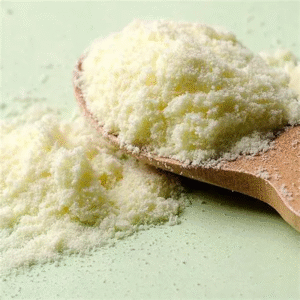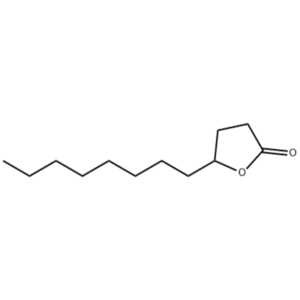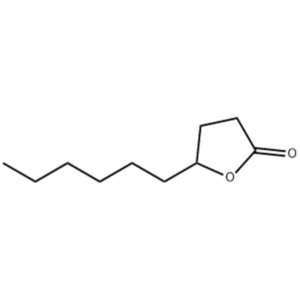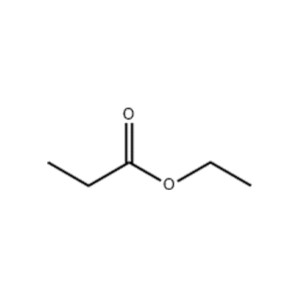1. Product Property
Skimmed Milk Powder is a creamy white to light yellow powder with a characteristic milky flavor and aroma. It contains approximately 26-28% fat, 25-27% protein, and 36-38% lactose, along with essential vitamins and minerals. The product is produced by evaporating and spray-drying pasteurized Skimmed milk, resulting in a shelf-stable powder with moisture content below 4%. It readily reconstitutes in water and maintains most nutritional properties of fresh milk. The powder is hygroscopic and requires proper packaging to prevent moisture absorption and oxidation
2. Quality Standards
| Parameter | Food Grade Specification |
| Moisture content | ≤ 4.0% |
| Milk fat content | ≤ 1.5% |
| Protein content (N×6.38) | ≥ 34.0% |
| Lactose content | 50-52% |
| Titratable acidity | ≤ 0.15% |
| Solubility index | ≤ 1.0 mL |
| Total plate count | ≤ 50,000 cfu/g |
| Coliform bacteria | ≤ 10 cfu/g |
| Salmonella | Absent in 25g |
| Ash content | 8-9% |
3. Application Scope and Usage
Skimmed Milk Powder is widely used as a nutritional ingredient in dairy products, baked goods, confectionery, and processed foods. It serves as a complete milk substitute in regions lacking fresh milk supply. The product is essential in chocolate manufacturing, ice cream production, and ready-to-drink beverages. Infant formula manufacturers use it as a base material after fortification. Food service industries utilize it for coffee whiteners and culinary applications.
4. Package and Storage
Skimmed Milk Powder is packaged in multi-layer foil bags with nitrogen flushing (25kg) or tin cans (1kg) to prevent oxidation. Industrial quantities use 25kg polyethylene-lined kraft paper bags. Storage requires cool (≤25°C), dry conditions (RH≤65%) away from light and strong odors. Properly sealed packages maintain quality for 18-24 months. Opened containers should be resealed and used within 1 month. Bulk storage requires temperature-controlled warehouses with pest control measures. Transportation must avoid high temperatures and humidity to prevent caking and quality deterioration. The product is sensitive to light-induced oxidation, requiring opaque packaging for retail units.






